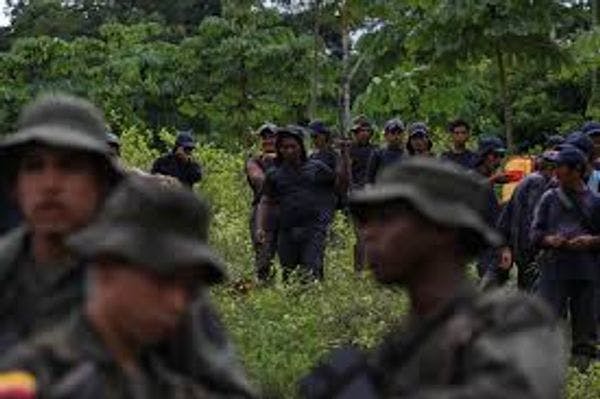Plan Colombia's mixed legacy: Coca thrives but peace deal may be on horizon
By Sibylla Brodzinsky
In the lowlands surrounding the town of La Hormiga, coca was once king. Fields of the bright green bushes stretched to the horizon in every direction and farmers were flush with cash. The surrounding municipality was the one with the most coca crops in the country that produced the most cocaine in the world.
This was “ground zero” for Plan Colombia, a massive multipronged effort funded by nearly $10bn in US aid that started in 2000. The plan aimed to recover a country that was in the grips of drug mafias, leftist guerrillas and rightwing militias, and whose institutions malfunctioned and economy faltered.
Fifteen years on, cattle graze where coca once grew by the side of the road and cacao is more easily spotted than coca. Farmer Fulgencio Quenguan traded his coca for fish farming. “I don’t make as much money but no one can take this from me,” he says as he scales a few tilapias for a customer in his own shop in town.
Today, Colombia is a country transformed. It has one of Latin America’s healthiest economies, violence has dropped dramatically and the country is on the verge of ending more than half a century of internal conflict with Farc guerrillas who appear prepared to sign a peace deal in coming months.
At a White House ceremony on Thursday, Barack Obama and Colombian president Juan Manuel Santos will make a pitch for increased aid for Colombia once a peace accord is signed, while celebrating the successes of Plan Colombia. But here in Putumayo, Plan Colombia has a mixed legacy.
Click here to read the full article.
Keep up-to-date with drug policy developments by subscribing to the IDPC Monthly Alert.
Thumbnail: Flickr Policía Nacional de los colombianos
